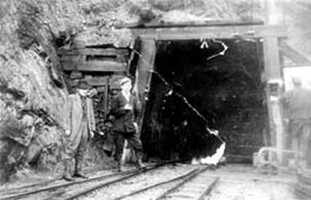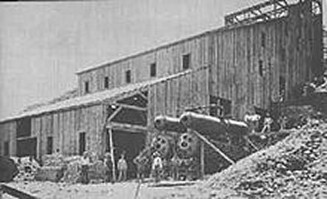
History of Cochise - The Early Years
Only the Great Salt Lake remains of the many playas in the Great Basin. The Willcox Playa once reached a maximum depth of 46 feet and covered 140 square miles. Dry now for 4,500 years.
During the 1860s and 70s the Arizona desert surrounding the Playa was under the rule of the great Apache Chief Cochise. His tribe of Chiricahua Apache roamed Southern Arizona and Northern Mexico. He fought back the encroachment of Mexican and American settlers on their traditional lands. The raids of Cochise and his warriors caused hundreds of lives. He fought with Cavalry soldiers and eluded capture by retreating into the Dragoon Mountains and creating an impenetrable stronghold. Finally in 1872, under the leadership of Tom Jeffords, the U.S. offered Cochise and his people a huge reservation in the Chiricahua Mountains and taking up the entire southeastern corner of the Arizona Territory. The great Cochise did not live his hard fought freedom for long. In 1874 he became seriously ill and died. His warriors painted his body yellow, black and vermilion, and took him deep into the Dragoon Mountains. They lowered his body and weapons into a rocky crevice. The exact location of which remains unknown but is somewhere in the Cochise Stronghold.

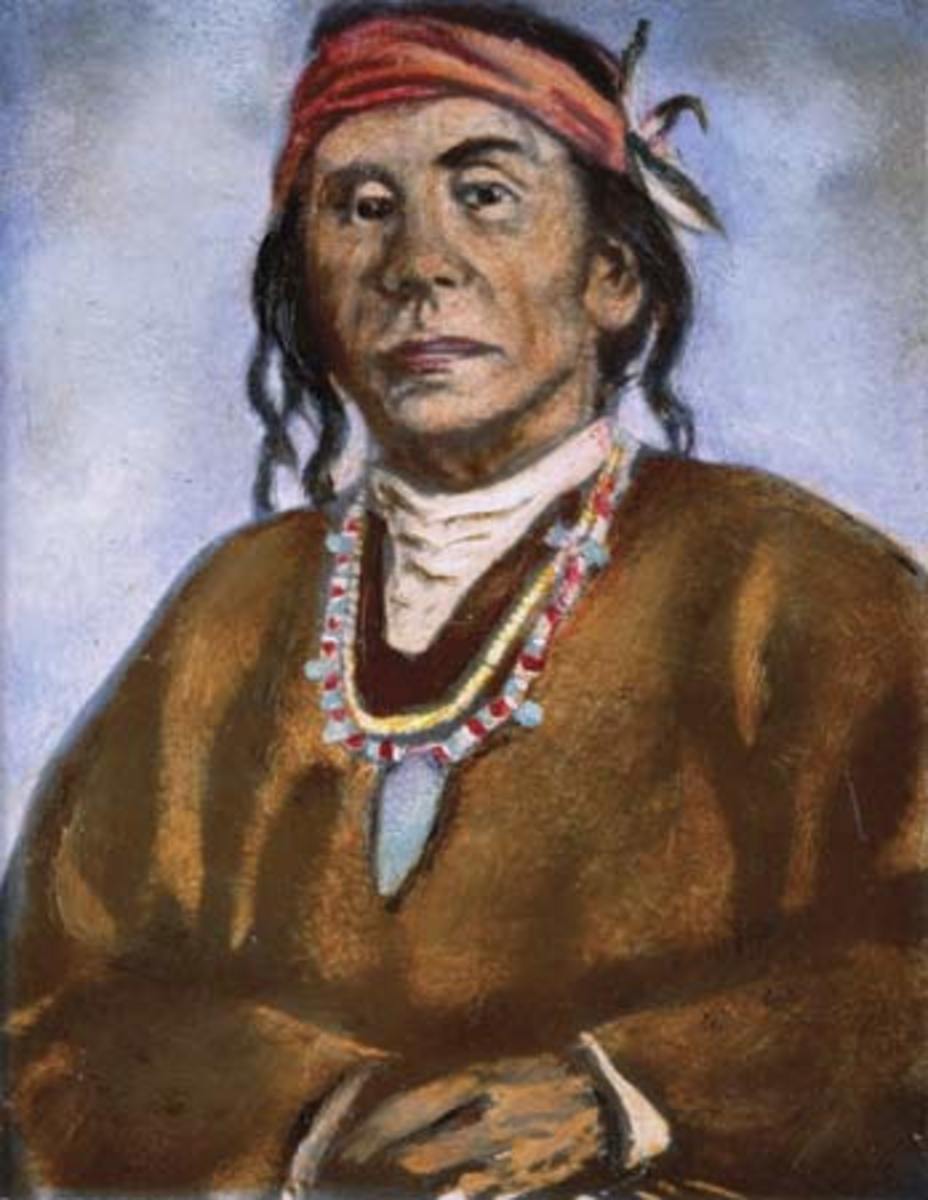
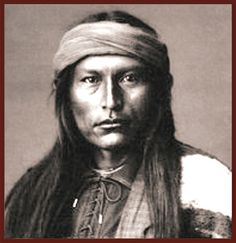
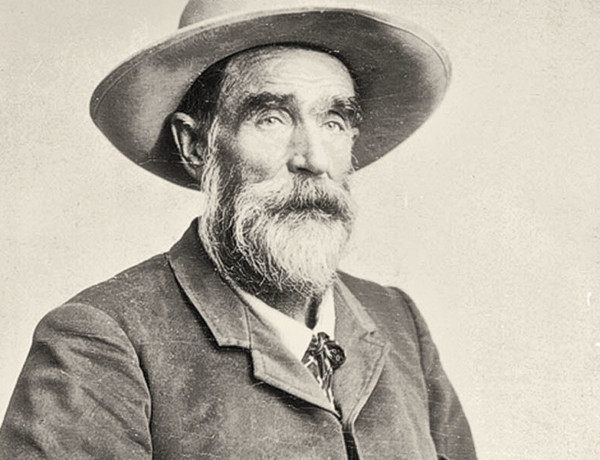

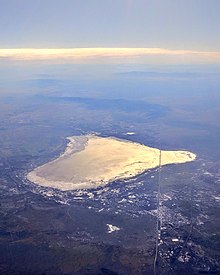
Tom Jeffords, friend of Cochise COCHISE
The Playa
Naiche, Son of Cochise
It is said there was never a photograph taken of Cochise, although some claim this is one.
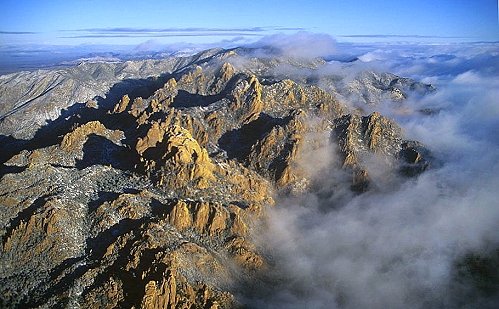

Cochise Stronghold
Birds eye view of Cochise Stronghold

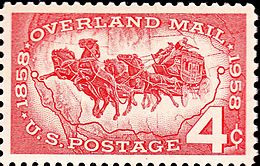
Mail contract No. 12,578 for $600,000 per year was awarded to John Butterfield of the Overland Mail Company. They drove their coaches through this part of Arizona from 1857 to 1860. The Stage Stations built along the way included San Simon, Apache Pass, Ewell's, Dragoon Springs, San Pedro River, Seneca-Ceinega and Tucson. The route past south of Cochise through the Kansas settlement.

In 1880 the Southern Pacific Railroad was laid across the Cochise County desert and small camps developed at intervals along the way. Railroad Stations were established in Tucson, Benson and Willcox and small towns grew up around them. The 1882 census lists nineteen residents of Cachise Station including one family of six named McCann and nine Chinese workers of the rail lines. Mining districts had been discovered and with the advent of the railroad and surrender of the Apache they began to flourish including the Dragoon Mining District and the Johnson district including the Golden Rule Mine.
"In 1893 Railroads laced the state. Electricity lighted the towns, Automobiles were starting to appear, and all the mother lodes had been found. The mining business was in the doldrums. Nearby Tombstone was flagging, its mines flooded, its high rollers and gunslingers long gone. In fact it was so bad that John Pearce had quit a Tombstone and started a small cattle spread on the other side of tea Dragoon Mountains. The story goes that Pearce rode his horse up a small mountain and picked up two rocks. He banged them together and realized one weighed a lot more thatn the other. News of the strike created a sensation of a classic gold rush; frantic, wild-eyed men commandeered every horse and mule, every wagon and carriage, until Tombstone was emptied. Pearce had hit his bonanza. "
Arizona Republic, April 13, 1986 by Bob Thomas
